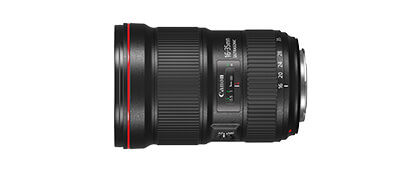When David Freid turned his hobbies of travel and photography into a full-fledged career he knew he had to define what MEL Films was. “The thing that makes you you is the most important thing you bring to the table,” Freid told the TVAs. Moreover, everything is about the story. Story first. With these lessons in mind, we caught up with Freid to talk advice for young filmmakers, and why the logistics of luggage is so tricky.
How did you turn travel filmmaking into a career?
David Freid: I think the career part was a side effect of my love for travel. For years, my hobbies were travel and photography. It turns out, by some glitch in the Matrix, people will pay me for those things—and now I need new hobbies.
I took a lot of video while traveling, and every now and then, I cut it together into something like Peruvian Pop. This was just a home video for me. A way to share my trip (and obvious pop-lock potential) with friends and family. But these little travel films became proof that I could handle working on travel-based programming, like the first run of the video-ized version of the popular New York Times travel series, 36 Hours. This was some bucket list-level work for me, but it didn’t allow for much creative involvement in the process.
After a couple of years hustling for big brands in New York, I was offered the opportunity to build what would become MEL Films, for a new magazine startup in LA. I took the gamble and, by force of will, this became a three-year, travel-heavy work experience. But it wasn’t ever just about the travel—it was story first. The backdrop of a character plays a role like a color on a tapestry of a story, but I couldn’t allow the location to become the story. That’s for other, well-established travel brands to do. We needed to stand out from the big dogs in NYC and LA, and for that, we looked around the world for the stories they weren’t telling.
DF: Whenever we travel somewhere new, we’ve only got a small amount of time to get a feel for the location. We’ve got to figure out a unique way to capture the look and, more importantly, the vibe of our new environment, in short time. This takes a combination of fresh, enthusiastic eyes, and lots of practice.
Also, the luggage. We were, at most, 2 or 3 people in the field with way too much camera gear. In a lot of the world, they don’t make cars as big as they do here. And getting through security and baggage claim can become an endurance sport.
We were on the road about half of the year. So whatever hotel we stayed at became as much our home as our actual home. And we stayed at a lot of hotels, often for only one or two nights at a time before moving to the next location. The logistics of travel—packing, unpacking, checking in, checking out, driving, flying, and doing it all again—mixed with the need to capture as much good material as possible in the time you have can be exhausting.




